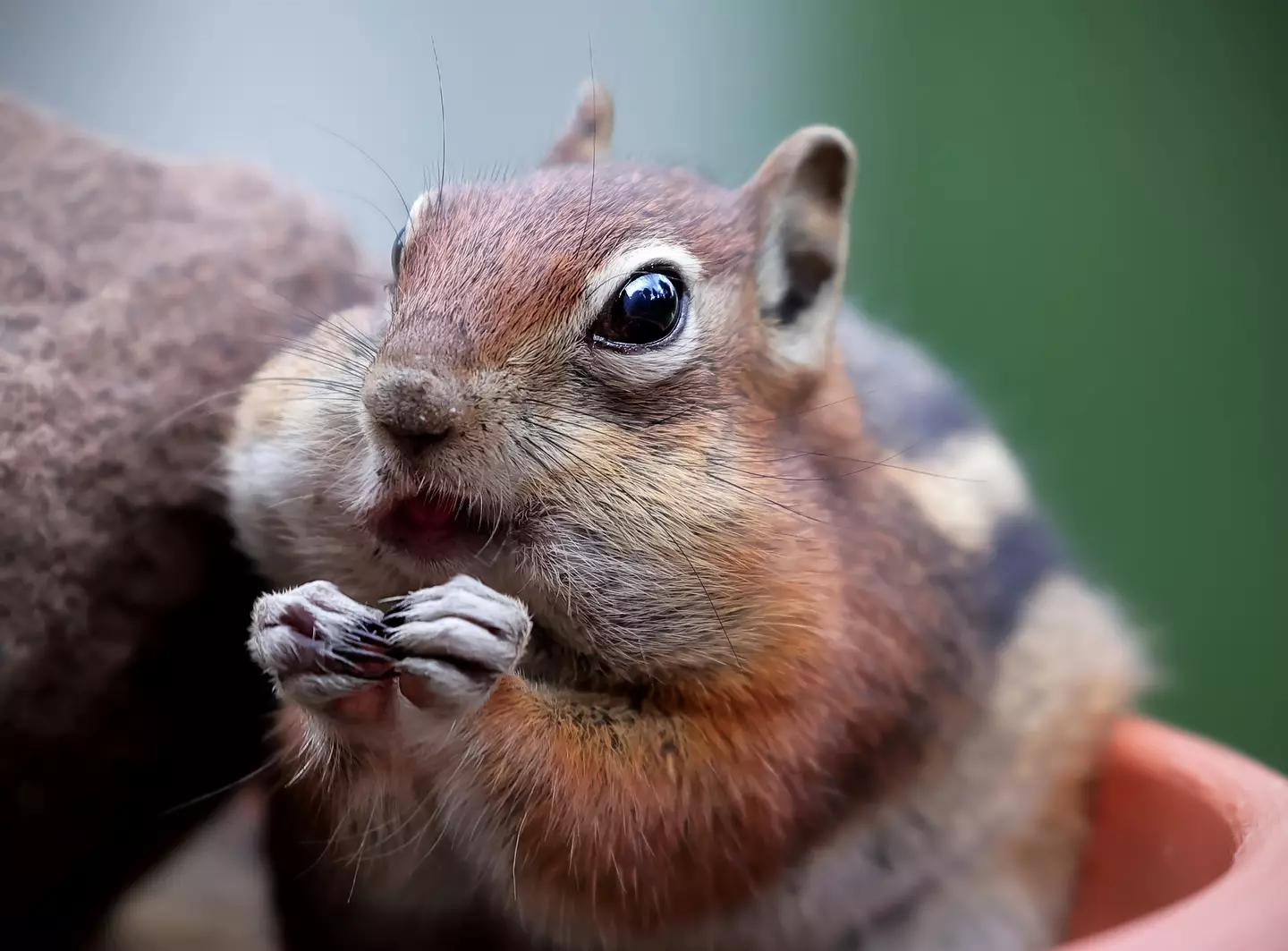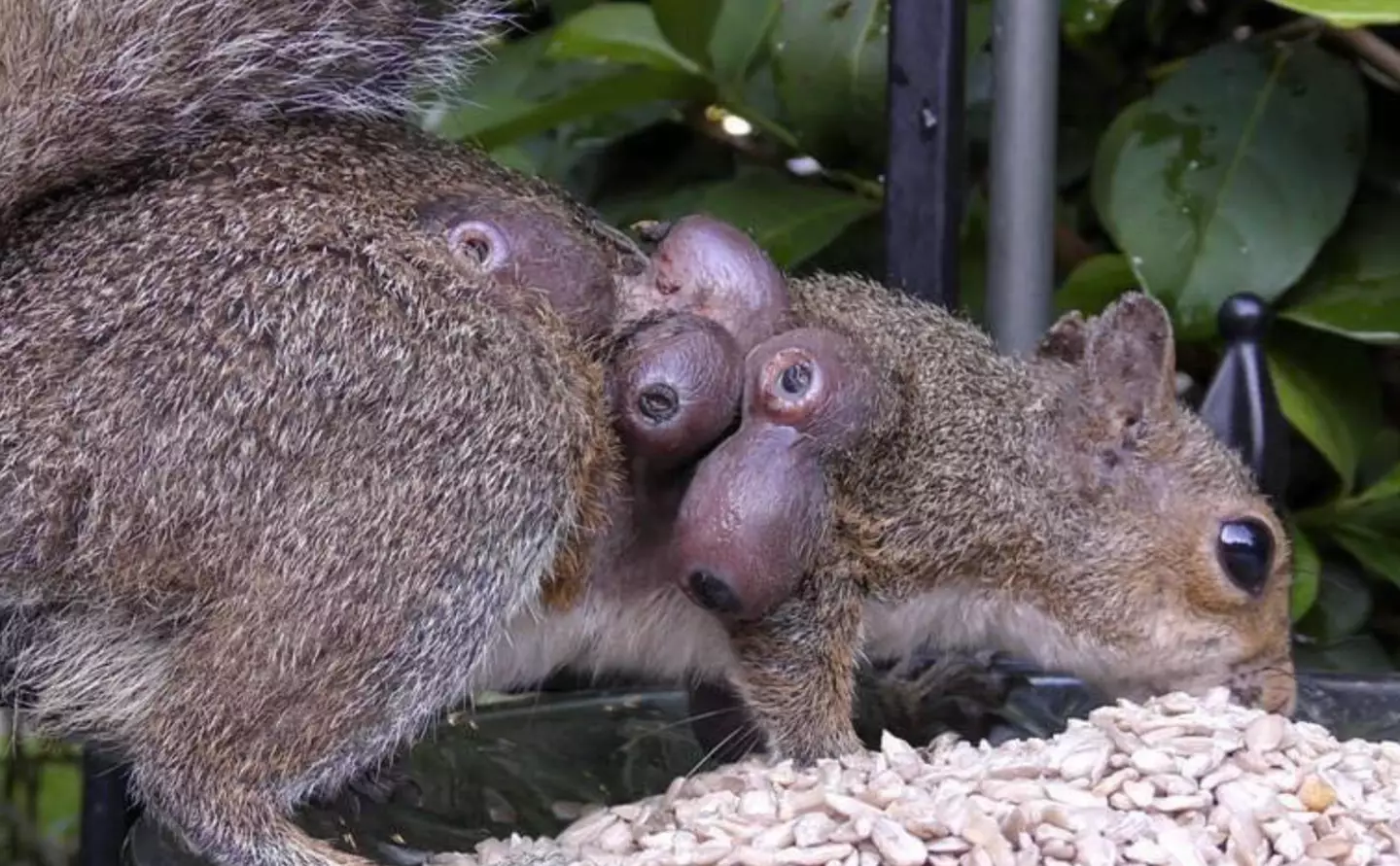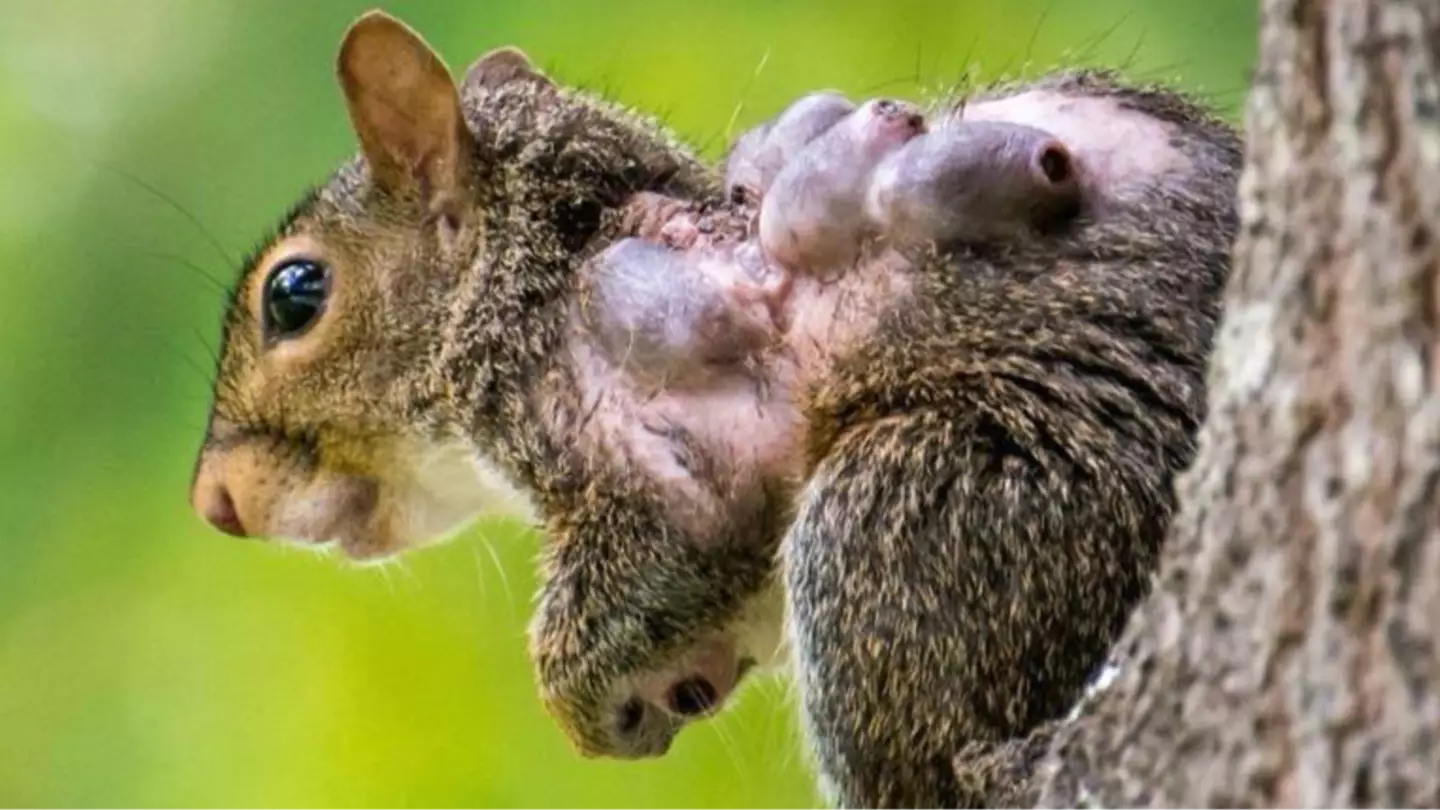An animal rescue center in the United States has issued a warning to those considering aiding squirrels with peculiar skin lumps, as it is likely caused by a parasite.
Following the recent sightings of rabbits with bizarre ‘tentacles’ on their heads in the US, residents now need to brace themselves for the appearance of squirrels with unusual swellings.
These are not just squirrels that have indulged in too many treats but those with noticeable lumps protruding from their fur.
Over several years, Evelyn’s Wildlife Refuge, a non-profit organization in Virginia, has been alerting Facebook users as autumn approaches. They explain that these lumps on squirrels are due to a parasite that ‘tunnels through the flesh, causing swollen protrusions’.

The parasite in question is a botfly, which belongs to the Oestridae family.
While squirrels are among the most “visible” hosts of this parasite, according to Evelyn Wildlife Refuge, other animals such as dogs, cats, raccoons, rabbits, and chipmunks can also be affected by botflies.
Animals become infected when they encounter a botfly egg, which clings to their fur. The egg hatches larvae that burrow under the skin or, occasionally, enter through the nose or mouth.
Once inside the host, the larvae grow, forming noticeable lumps. When fully grown, the botfly emerges from the lump, drops to the ground, and buries itself in the soil before emerging as an adult fly.
Although this process sounds alarming, botflies typically do not kill their hosts. However, Evelyn’s advises that only trained professionals should undertake the removal of bots.

In a recent statement, the rescue center emphasized: “Something that is VERY important. Only skilled rehabbers or vets should attempt to extract bots. If the larvae’s body is compromised inside the host, anaphylactic shock and possible death is possible. These guys have something like legs that will ‘dig in’ the host in an effort to prevent removal. Caution should still be exercised during removal even if the bot is dead.”
Evelyn’s also provided an image of a squirrel with squirrel pox to help distinguish between the two conditions. Squirrel pox, often spread among squirrels at feeders, causes smaller bumps that typically resolve over time.

